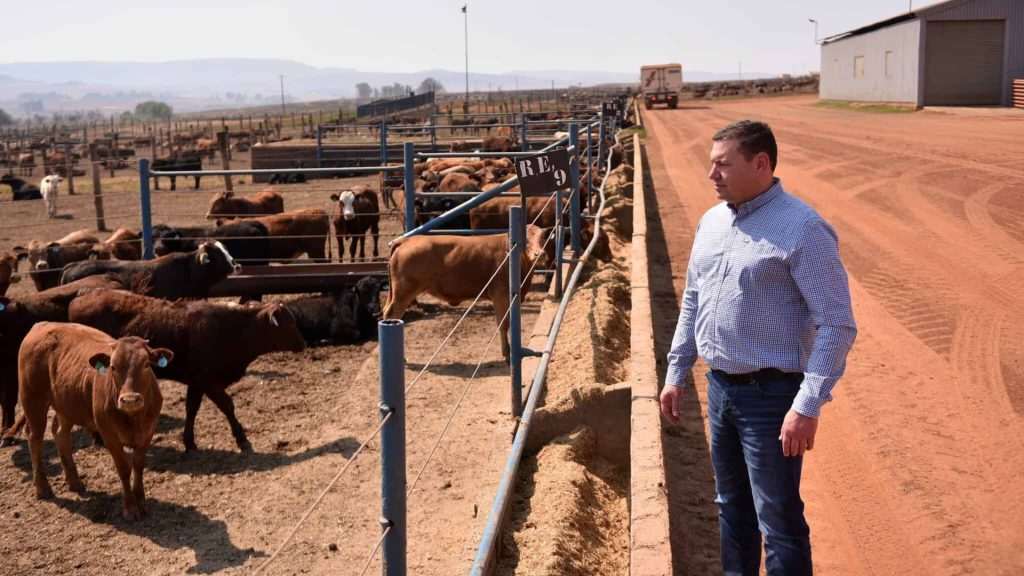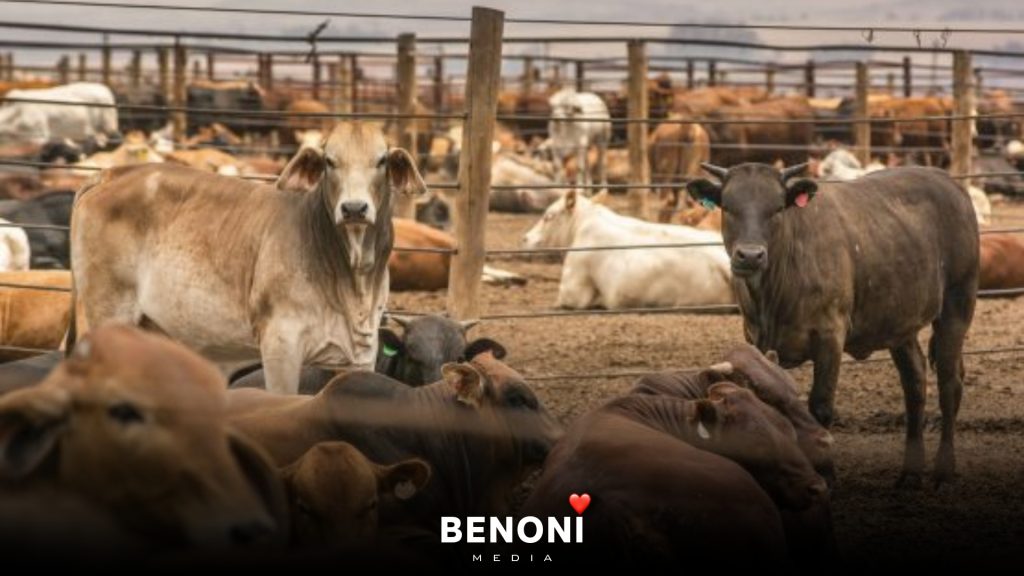Beef prices in South Africa may face fluctuations following the confirmed outbreak of foot-and-mouth disease at Karan Beef’s Heidelberg feedlot.
Feedlot Closure and Its Broader Implications
Karan Beef, South Africa’s largest cattle feedlot operator, confirmed the detection of FMD on 30 May 2025. Despite strict biosecurity and quarantine protocols, the highly contagious virus found its way into the Heidelberg facility, forcing the company to halt all cattle intake.
In response, around 188,000 animals have been placed under quarantine, and the company has scaled down its daily slaughtering capacity from 2,000 to just 550 animals. This drastic operational change may extend for up to four months, according to agricultural economists.
How Consumers Will Be Affected
The most immediate effect for South African consumers will be fluctuating beef prices. On the one hand, local beef prices may drop in the short term due to surplus supply. With exports suspended to countries like China, the meat originally destined for international markets will now be sold domestically.
Wandile Sihlobo, chief economist at Agbiz, says: “The suspension of exports means an increase in the supply of beef which brings down the price for local consumers.”
This increase in local supply could temporarily reduce prices at grocery stores and butcheries. However, consumers should not interpret this as a long-term benefit. According to economist Prof Johan Willemse, the situation creates severe bottlenecks for producers, particularly those selling weaner calves, who now have fewer market options.

Producer Strain Will Echo Down the Supply Chain
While consumers may enjoy slightly cheaper beef prices for a few weeks, producers are bearing the financial burden. Cattle that cannot be slaughtered must still be fed, increasing overhead costs. Additionally, the market saturation caused by restricted exports will drive down the value of livestock, putting strain on farmers who rely on timely sales to sustain their operations.
Wandile Sihlobo, chief economist at the Agricultural Business Chamber of South Africa, also highlighted that the longer cattle are kept in feedlots, the more expensive it becomes for producers. These increased production costs could eventually be passed back to consumers in the form of future price hikes once the supply chain stabilises.
Industry-Wide Concerns Beyond the Feedlot
Karan Beef is working with State Veterinary Services and government authorities to contain the virus and prevent further spread. However, the outbreak has renewed calls for better traceability and biosecurity protocols across the livestock sector.
Efforts to trace the origin of the infection have been complicated due to how animals are grouped in feedlots—not by farm of origin, but by weight class. This lack of traceability makes managing outbreaks more difficult and increases the risk of recurring disruptions to the meat supply chain.
Looking Ahead: Temporary Relief, Long-Term Questions
While consumers might notice a short-term dip in beef prices, the broader reality is far more complex. This FMD outbreak has exposed vulnerabilities in South Africa’s meat production and export systems, many of which have long-term implications for farmers, suppliers, and ultimately, consumers.
The beef you buy may soon be cheaper—but the industry behind it is under immense pressure.








